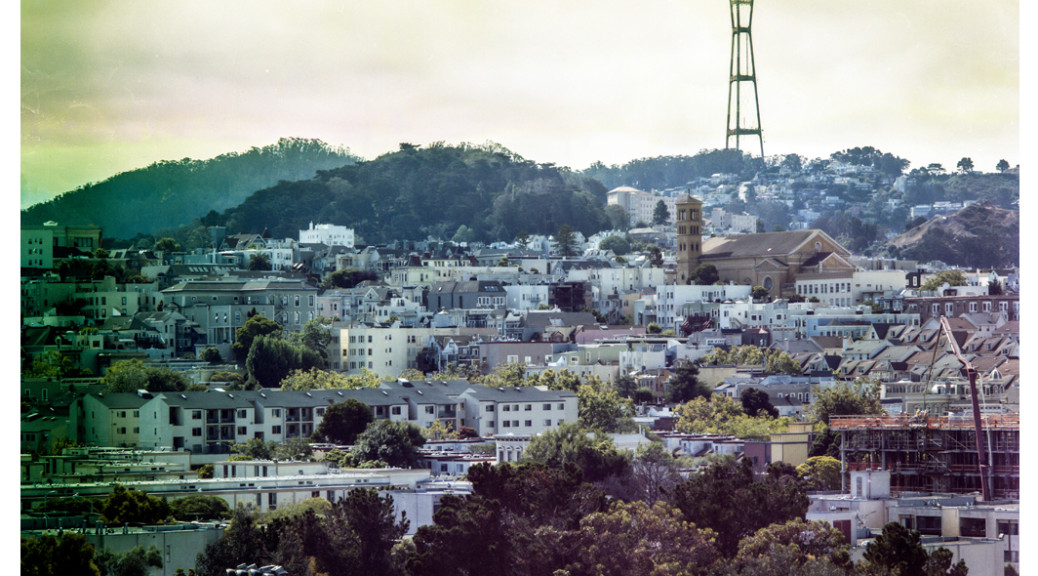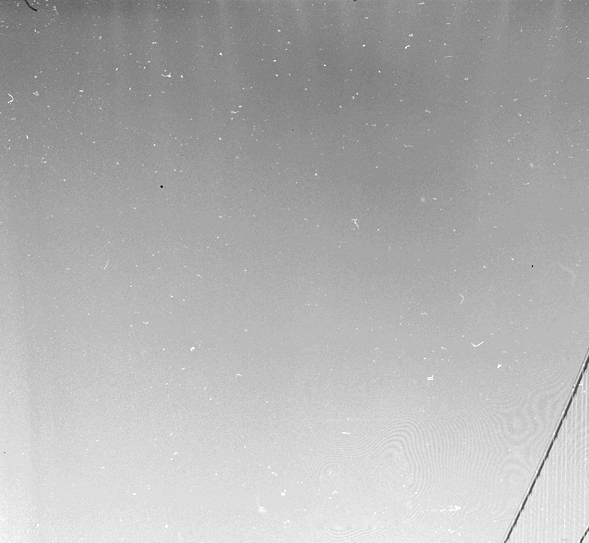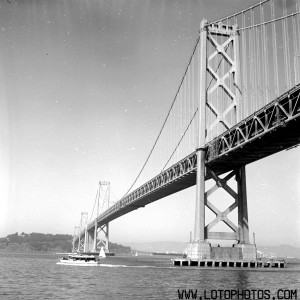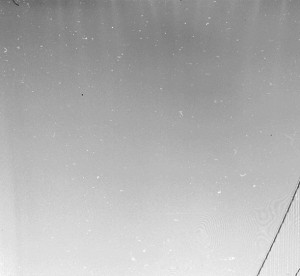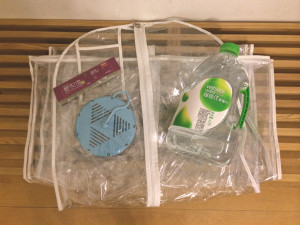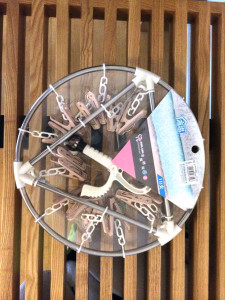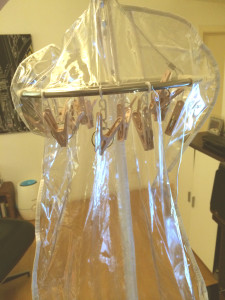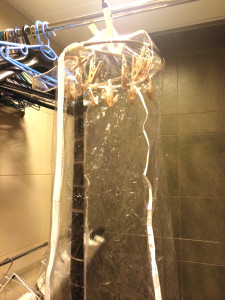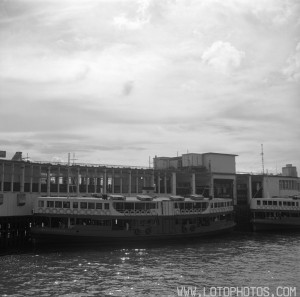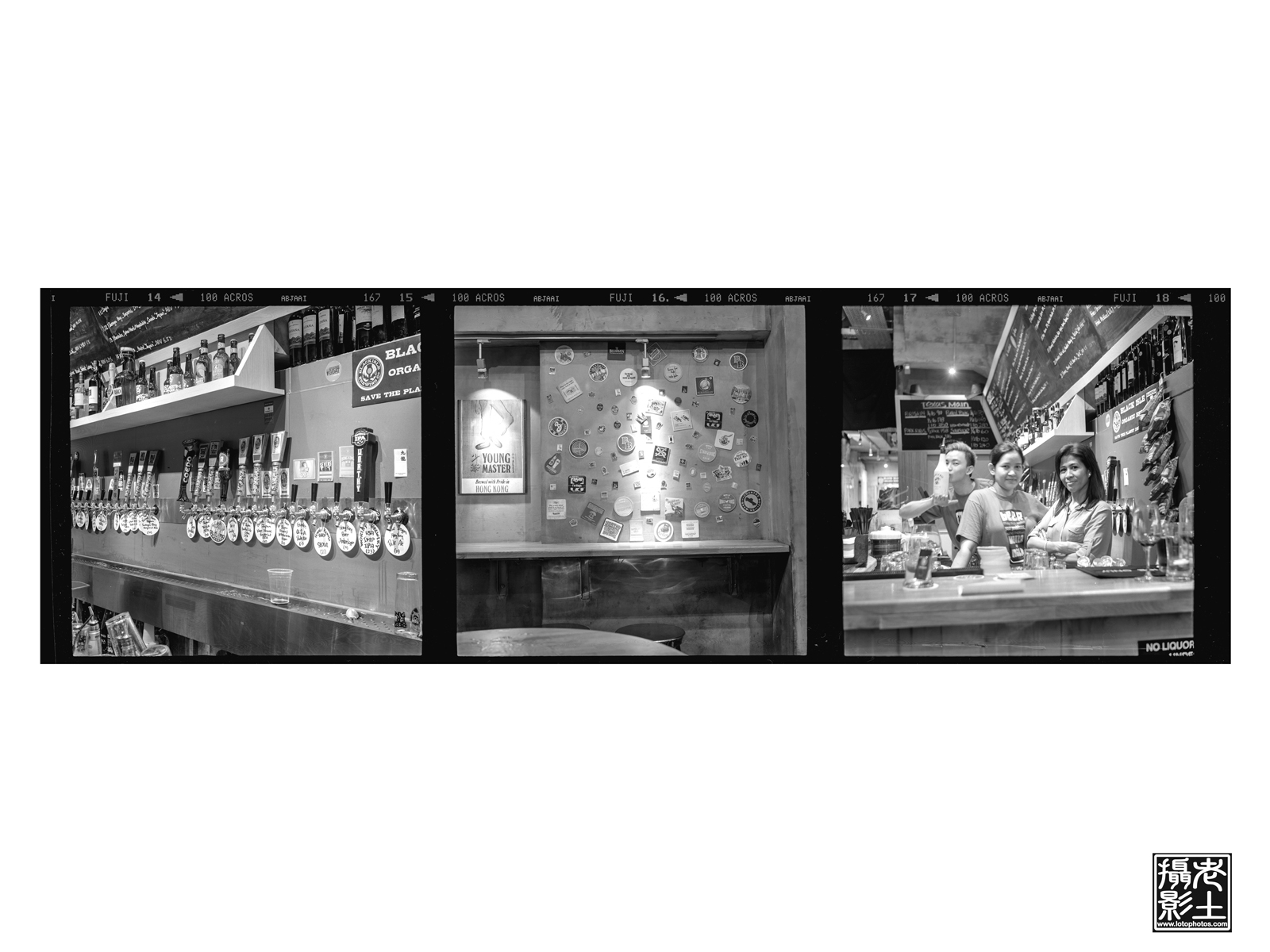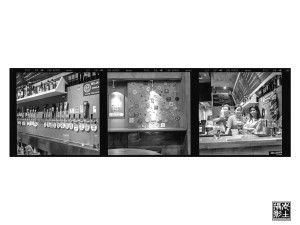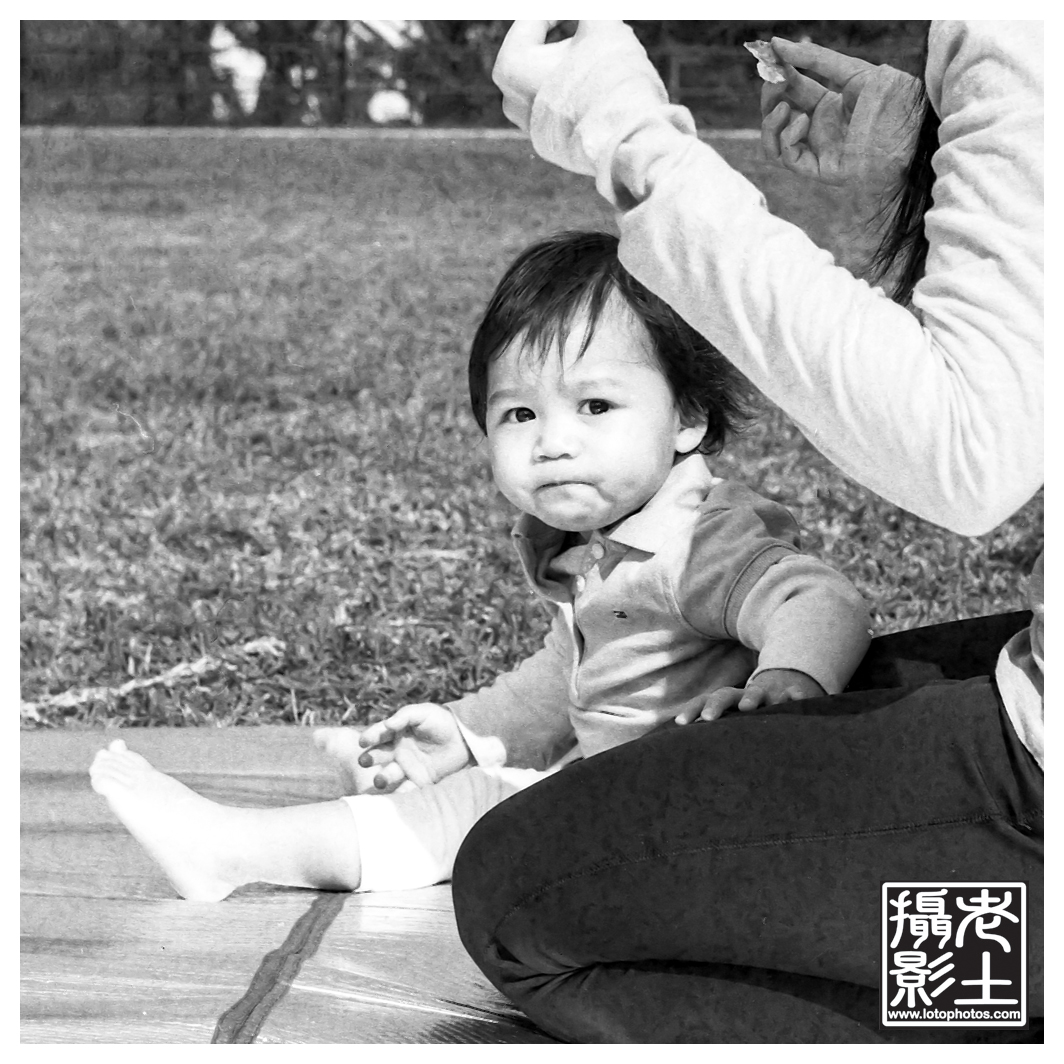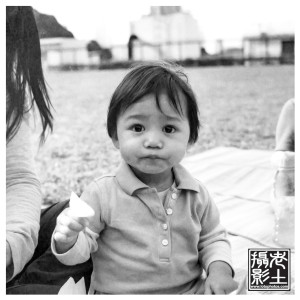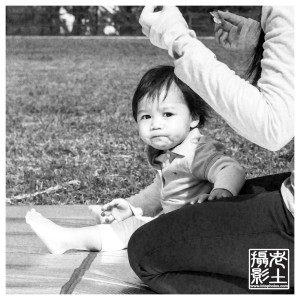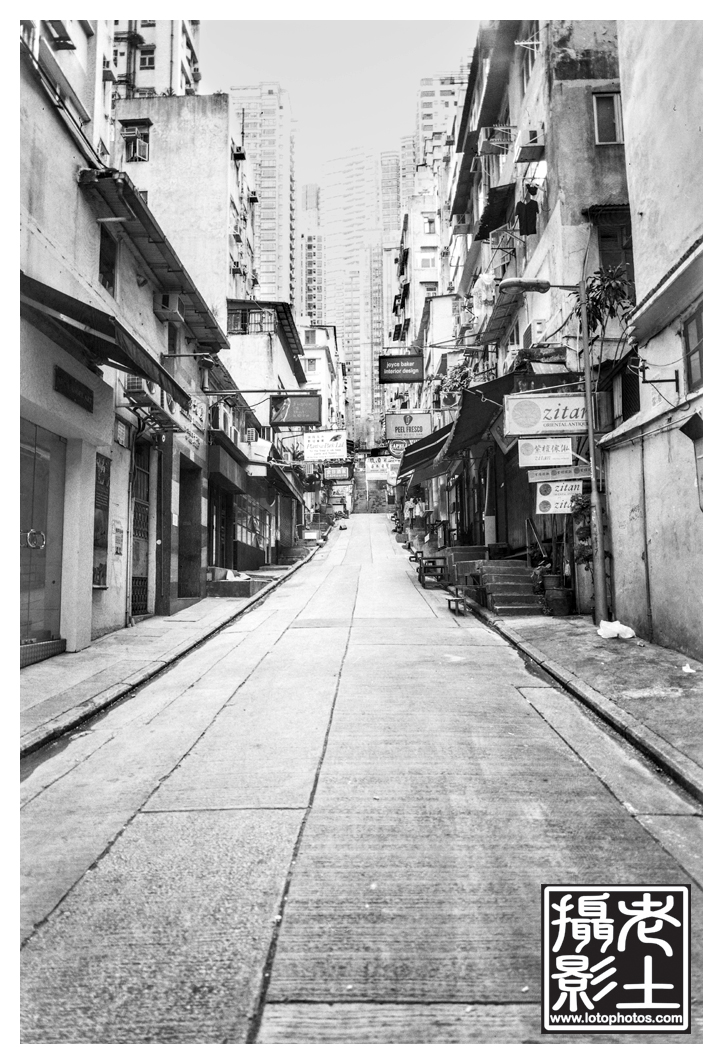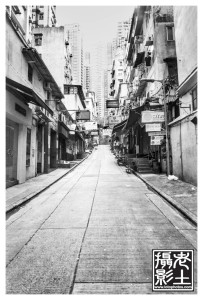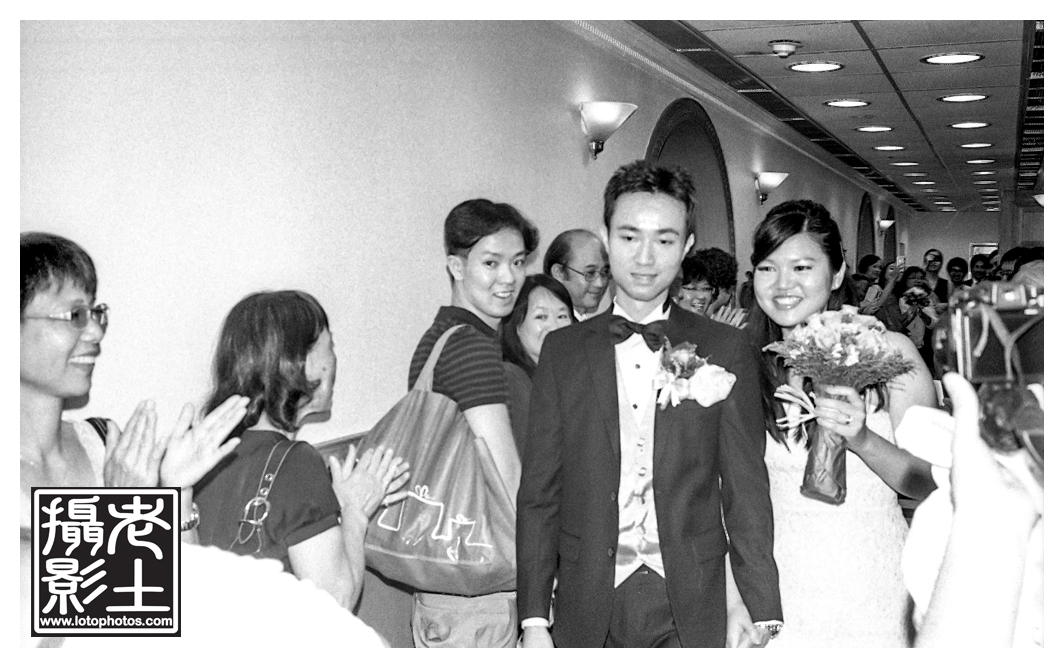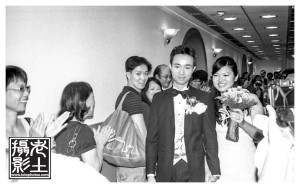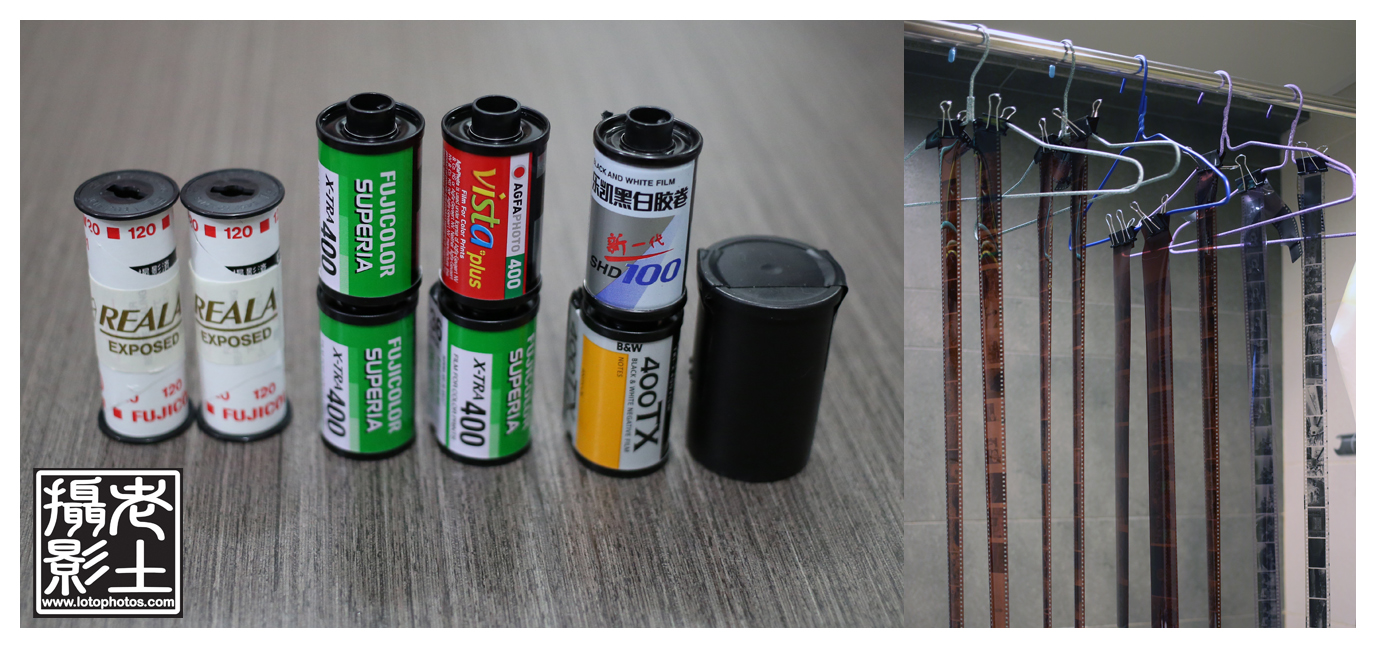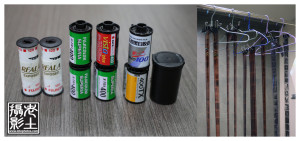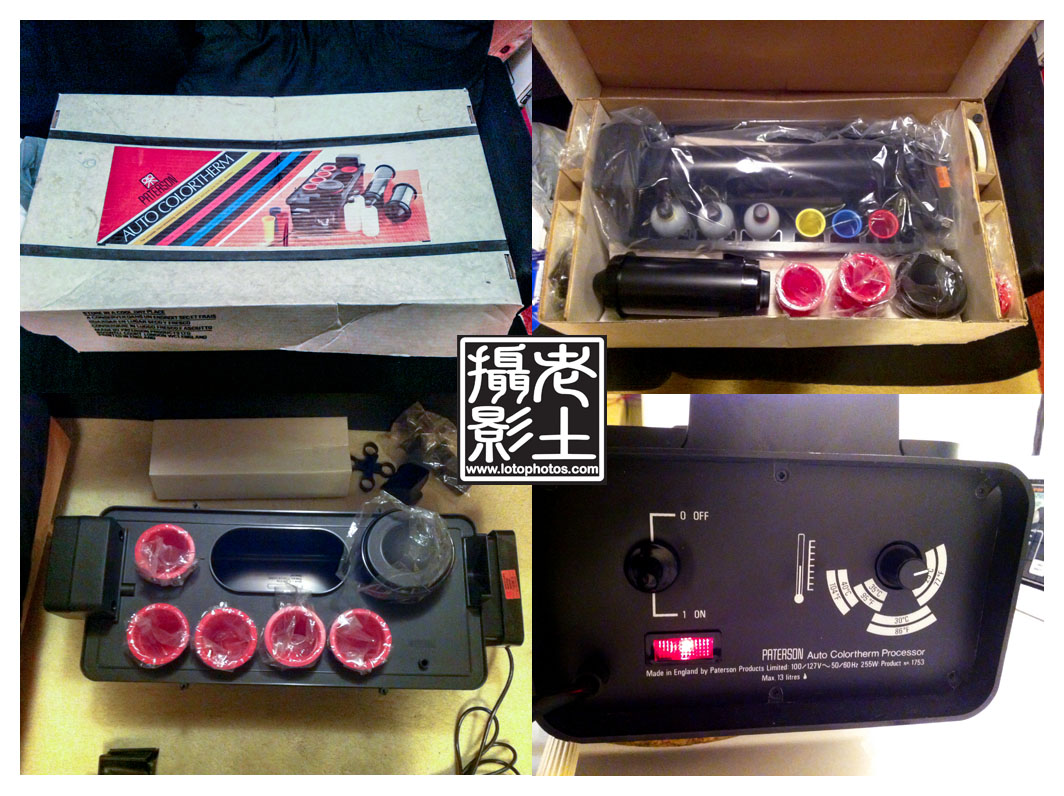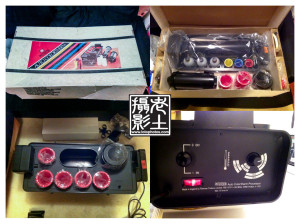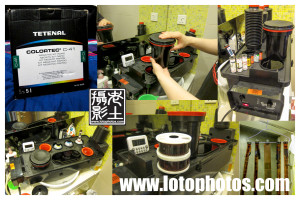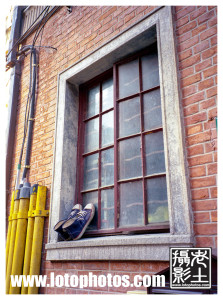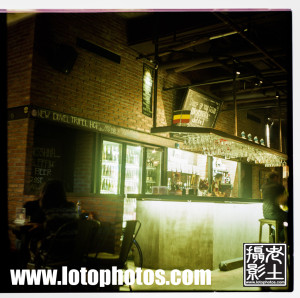While cleaning up my photo gears, I see a box of Tetenal C41 kit that I got and opened a couple of years ago in Shanghai. Since then, it made its way to Hong Kong and to San Francisco. On arrival to SF, I discovered that one bottle of the Blix solution actually bursted and was leaking all over the box. All these items were stored in a storage that was certainly quite hot (30C+) for months before making its way to the US.
I also found a few 4×5 film boxes of Kodak Portra 400 that I loaded about two years ago. This is when expired chemicals meet expired film, a combination that has the word “disaster” written all over it.
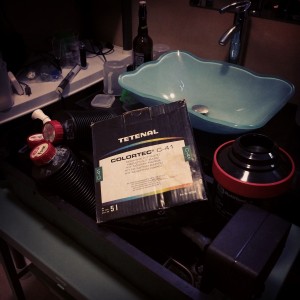
I got my Paterson Auto Colortherm machine from Toronto some time back. I refitted it so that I can use the roller for my jobo tank. I mixed the chemicals into its three parts and noticed a few things. First, the clear blix mixture has a lot of residue at the bottom and was stuck. I warmed it out, it helped a bit but there are still chunks of it at the bottom. Second, the stabilizer bottle have merely 50mL left. 1L mixture required 100mL, what the heck, just mix it.
I took my Graflex SG with a Fujinon 400mm f8 lens on my roof for the test shots in one late afternoon.
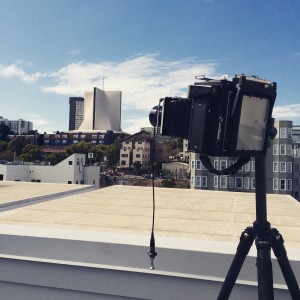
I shot the Kodak Porta 400 at ISO 200. I developed the sheets slightly longer than the recommended times. Developed 3:30min, Blix 5min. When I opened the Jobo tank, I see images, solid images. I scanned the negatives with my Epson Perfection V700. The unedited result is shown here.
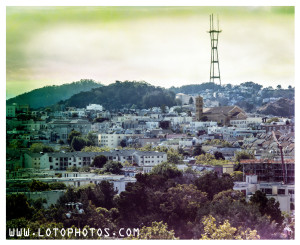
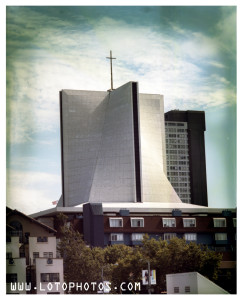
All the details are there. The edges showed some funky chemical gradient that made the image looked like something out of a roll of lomography film. The overall look of it is vintage and reminded me of a postcard from the 60s.
Overall, I am happy with the result and I guess I will develop many more sheets with the Tetenal kit before it runs out.

